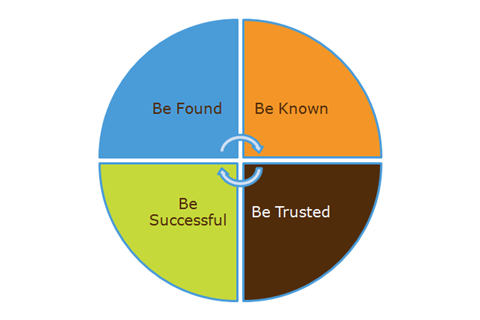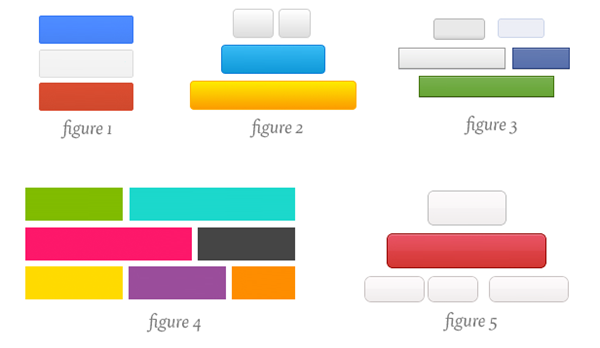Are you an executive stepping into the world of social media? Are you a leader learning to tweet? Or are you in charge of a social media account or community site for a brand? If so, you may have experienced a flurry of mean tweets. And by “mean” I nasty.
Mirror, mirror on the wall, whose brand is fairest of them all?
You see, for decades, we have all been living the life of the Evil Queen, viewing the world through the wonderful frame of our very own magic mirror. We frame the question. Ask it. And wait for the adulation to return. And in a world where every question, all “market research”, surveys, ratings, reports and so on can be framed by our own perspective, we’ve lived a relatively sheltered life.
But the moment we step into the world of social media, the Magic Kingdom disappears. In the real world of 21st Century marketing, there is no Fairy Godmother. You are known – and become known – for your good works and bad, your efforts and your laziness. You are what you tweet. It’s what I call the “4 BEs”.
You want to be found, known, trusted and successful. Many of us, however, fail on one of these counts. Especially in the early days of our social media journey.
Now, no doubt, you will have heard the cliche that social media is a marathon not a sprint. And like most cliches, it is based on a deep truth – you cannot build a relationship with anyone – a customer, a friend, a partner or supplier – without investing in that relationship over time.
And it is with this in mind that I would encourage you to step out from behind your own magic mirror. Read some of the tweets that are sent your way. Read them out loud. To your teams. Think about the impacts that they make. Is there a truth? Or are there always going to be haters?
Take a look at the way celebrities respond to some of the nasty tweets sent their way. Notice how, when spoken aloud, some of the nasty tweets lose their impact?
Reading the mean tweets will prepare you for what will follow. For no matter how many white horses you ride, one day you’re going to eat an apple meant for someone else. It’s time to end the fairytale, but with some work, a decent strategy and a bit of luck, you may just reach your happily ever after.
THE END








